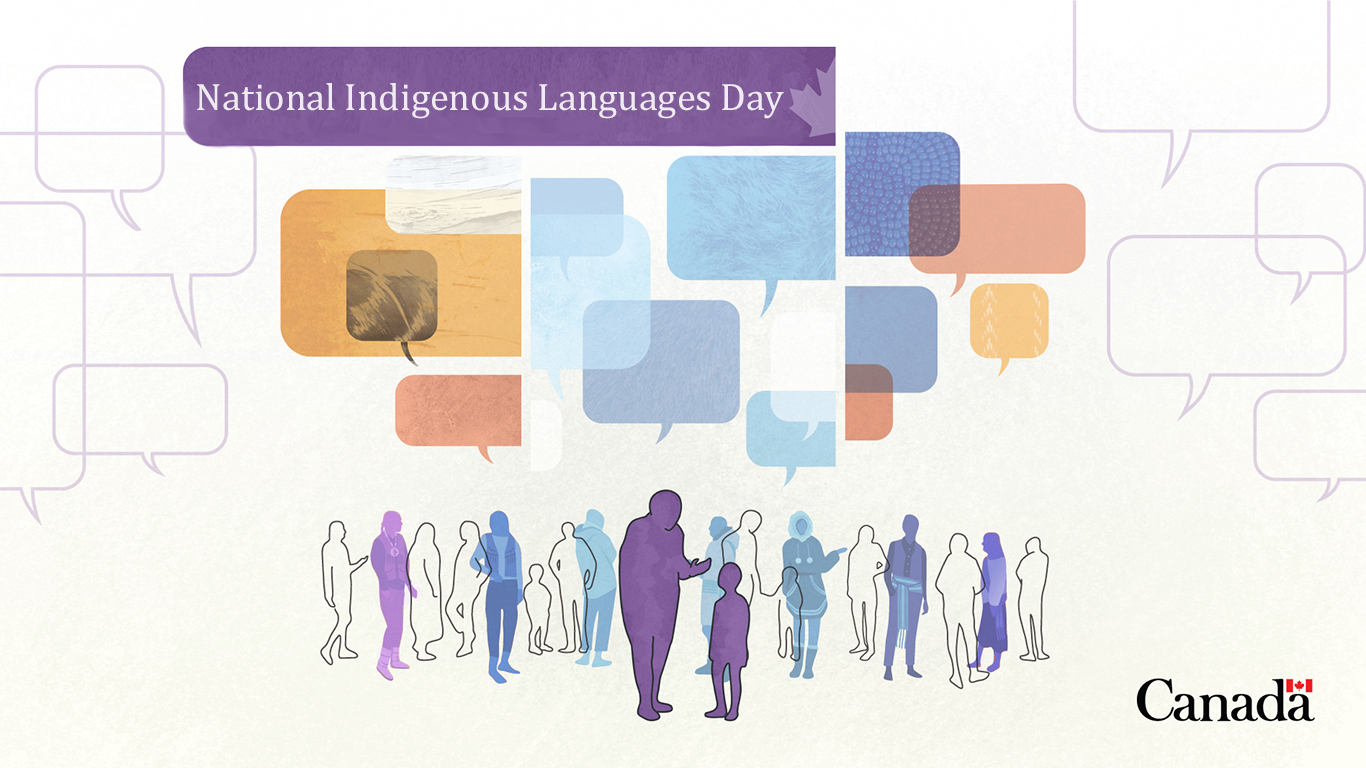
Approximately one in eight Indigenous people (237,420 people) reported they could speak one of 70 distinct Indigenous languages well enough to conduct a conversation in 2021, 10,750 fewer people compared with 2016, and the first decline since comparable data started being collected in 1991.
The decline in Indigenous language speakers was driven by fewer people learning an Indigenous language in childhood and retaining it (also known as a mother tongue). In 2021, 184,170 Indigenous people reported an Indigenous mother tongue, 14,120 fewer people compared with 2016.
Indigenous languages in Canada are considered at risk, with several classified as endangered. As documented by the Truth and Reconciliation Commission, this risk is the result of intergenerational impacts of cultural genocide and discriminatory colonial policies, most notably residential schools.
Today, however, there are some signs of language revitalization, with the share of Indigenous people who reported learning an Indigenous language as their second language rising from 24.8% in 2016 to 27.7% in 2021.
Two-thirds of First Nations people who speak an Indigenous language live on reserve
Over two-thirds (67.8%) of the 183,790 First Nations people who reported they could speak an Indigenous language lived on reserve in 2021.
First Nations people living on reserve (39.8%) were almost five times more likely to speak an Indigenous language compared with those living off reserve (8.0%).
Inuit Nunangat is home to the vast majority of Inuktut language speakers
Inuit Nunangat, the homeland of Inuit in Canada, comprises four regions: Nunatsiavut (Labrador), Nunavik (northern Quebec), Nunavut and the Inuvialuit Settlement Region (the Northwest Territories).
Inuit Nunangat is home to over two-thirds (69.0%) of Inuit and the vast majority (94.3%) of all Inuit Inuktut speakers. Inuktut, meaning “the Inuit language,” is a term that is inclusive of all Inuit language dialects, such as Inuktitut, Inuinnaqtun and Inuvialuktun.
Indigenous languages also spoken in big cities
While you are most likely to hear Indigenous languages spoken on reserve and in the North, you will also hear them spoken in big cities. In 2021, 14 cities were home to over 1,000 residents who spoke an Indigenous language.
Winnipeg was home to the largest community of people who could speak an Indigenous language, particularly First Nations people (4,710).
Edmonton had the highest number of Métis who could speak an Indigenous language (620).
Ottawa–Gatineau had the largest population of Inuit who could speak an Indigenous language (600), followed by Montréal (360).
Signs of Indigenous language revitalization across Canada
While the number of Indigenous language speakers was down 4.3% from five years earlier in 2016, there are some signs of language revitalization and transmission across generations.
In Atlantic Canada, First Nations children aged 14 years and younger were more likely to be able to speak an Indigenous language (14.0%) than First Nations adults aged 65 years and older (12.3%) in 2021.
Mi'kmaq was the most spoken Indigenous language among First Nations people in Atlantic Canada, with 8,195 speakers in 2021, up 5.9% from 2016.
In Quebec, First Nations children 14 years of age or younger (39.4%) were almost three times more likely to speak an Indigenous language compared with First Nations adults aged 65 years and older (13.4%).
Just over two in five First Nations people in Ontario (40.7% or 10,895 people) who spoke an Indigenous language in 2021 learned it as a second language, up 18.9% from 2016 and the fastest pace of growth among second-language speakers nationally.
The Blackfoot language experienced the fastest growth among First Nations languages in the Prairie provinces, increasing by almost one-fifth (+18.9%) from 2016 to 2021 to 6,450 speakers.
Several endangered First Nation languages primarily spoken in British Columbia experienced a revival, such as Heiltsuk (+173.9% to 315 speakers) and Haisla (+57.1% to 275 speakers).
Michif is a uniquely Métis language that originated as a combination of Cree, Ojibway and French and borrows from English and other Indigenous languages. In 2021, 1,485 Métis reported being able to have a conversation in Michif, up 460 speakers, or 44.9%, from 2016.
Contact information
For more information, contact the Statistical Information Service (toll-free 1-800-263-1136; 514-283-8300; infostats@statcan.gc.ca) or Media Relations (statcan.mediahotline-ligneinfomedias.statcan@statcan.gc.ca).
